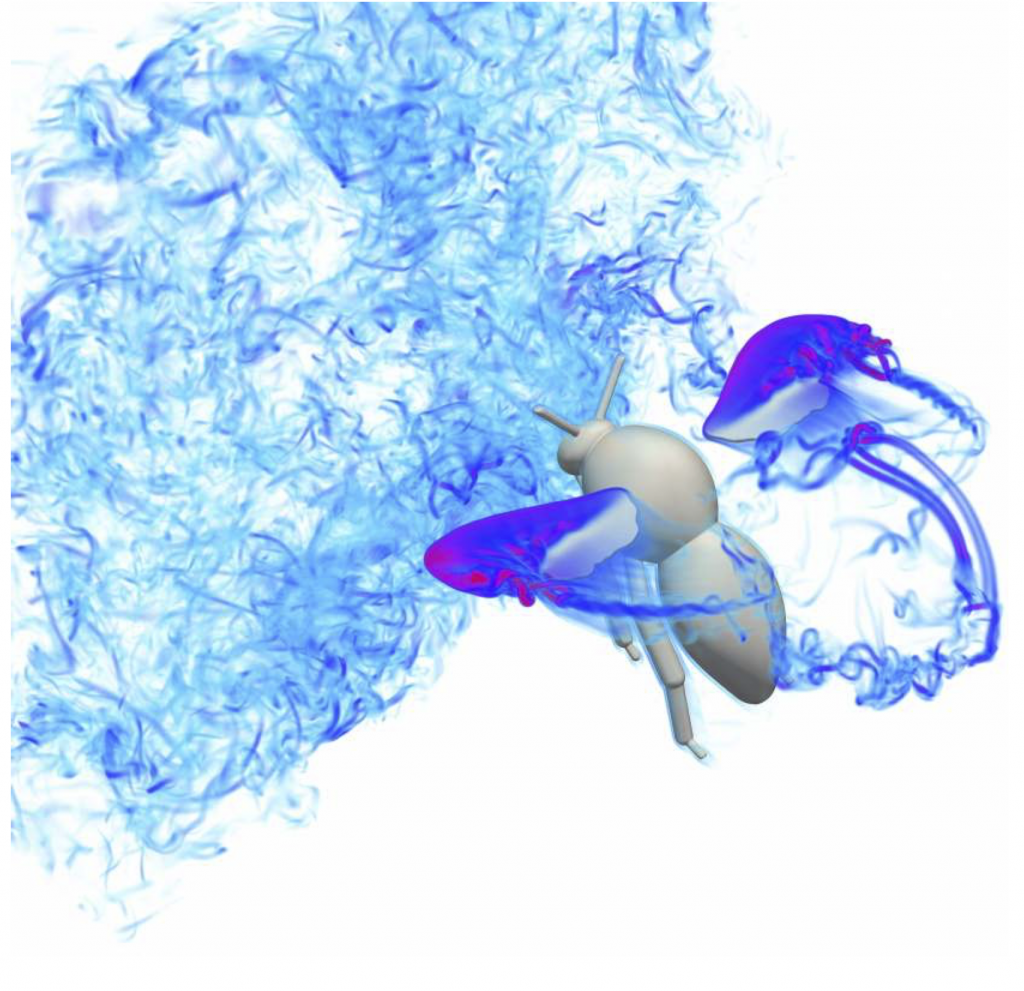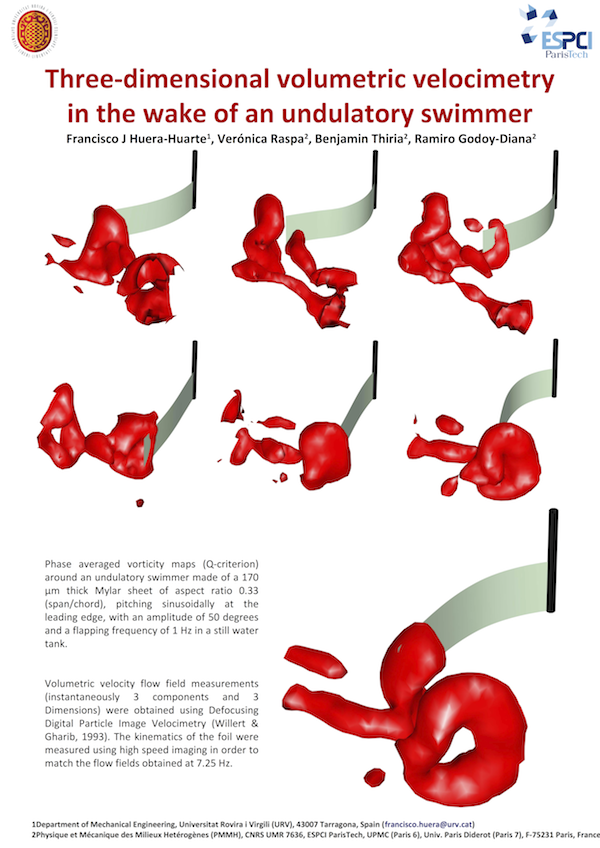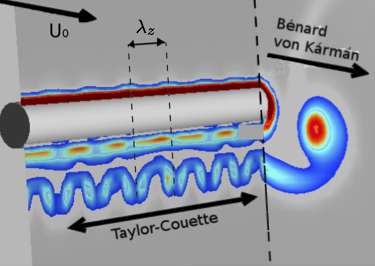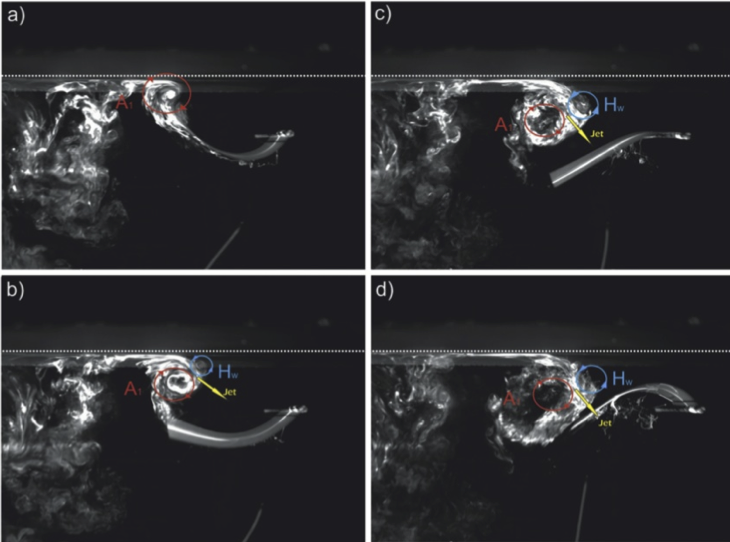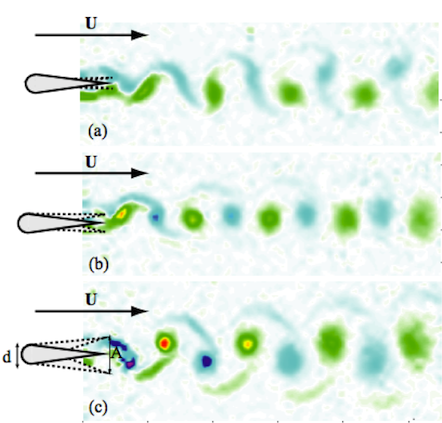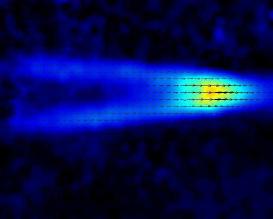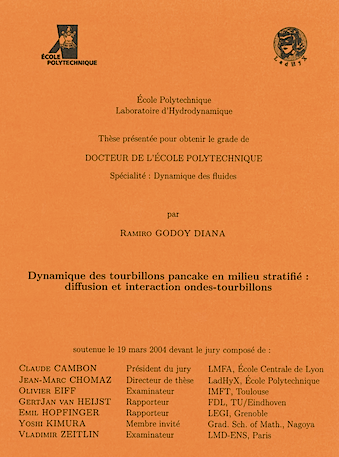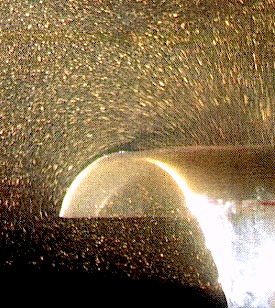V. Stin, R. Godoy-Diana, X. Bonnet, & A. Herrel
Biological Reviews (2024)
doi: 10.1111/brv.13116
Anguilliform swimmers are long and narrow animals that propel themselves by undulating their bodies. Observations in nature and recent investigations suggest that anguilliform swimming is highly efficient. However, understanding the underlying reasons for the efficiency of this type of locomotion requires interdisciplinary studies spanning from biology to hydrodynamics. Regrettably, these different fields are rarely discussed together, which hinders our ability to understand the repeated evolution of this swimming mode in vertebrates. This review compiles the current knowledge of the anatomical features that drive anguilliform swimming, compares the resulting kinematics across a wide range of anguilliform swimmers, and describes the resulting hydrodynamic interactions using data from both in vivo experiments and computational studies.

